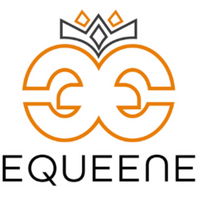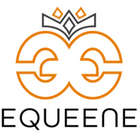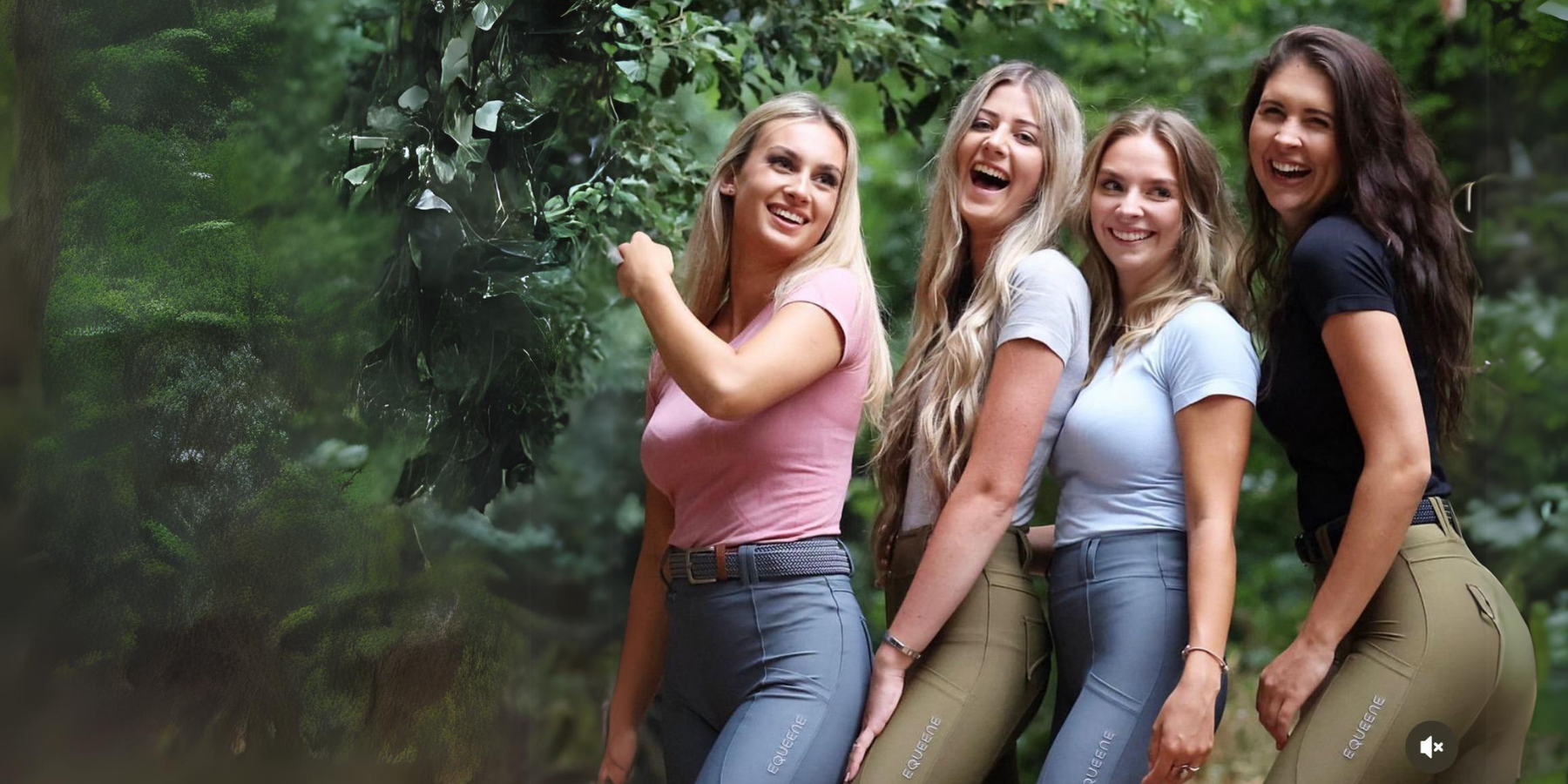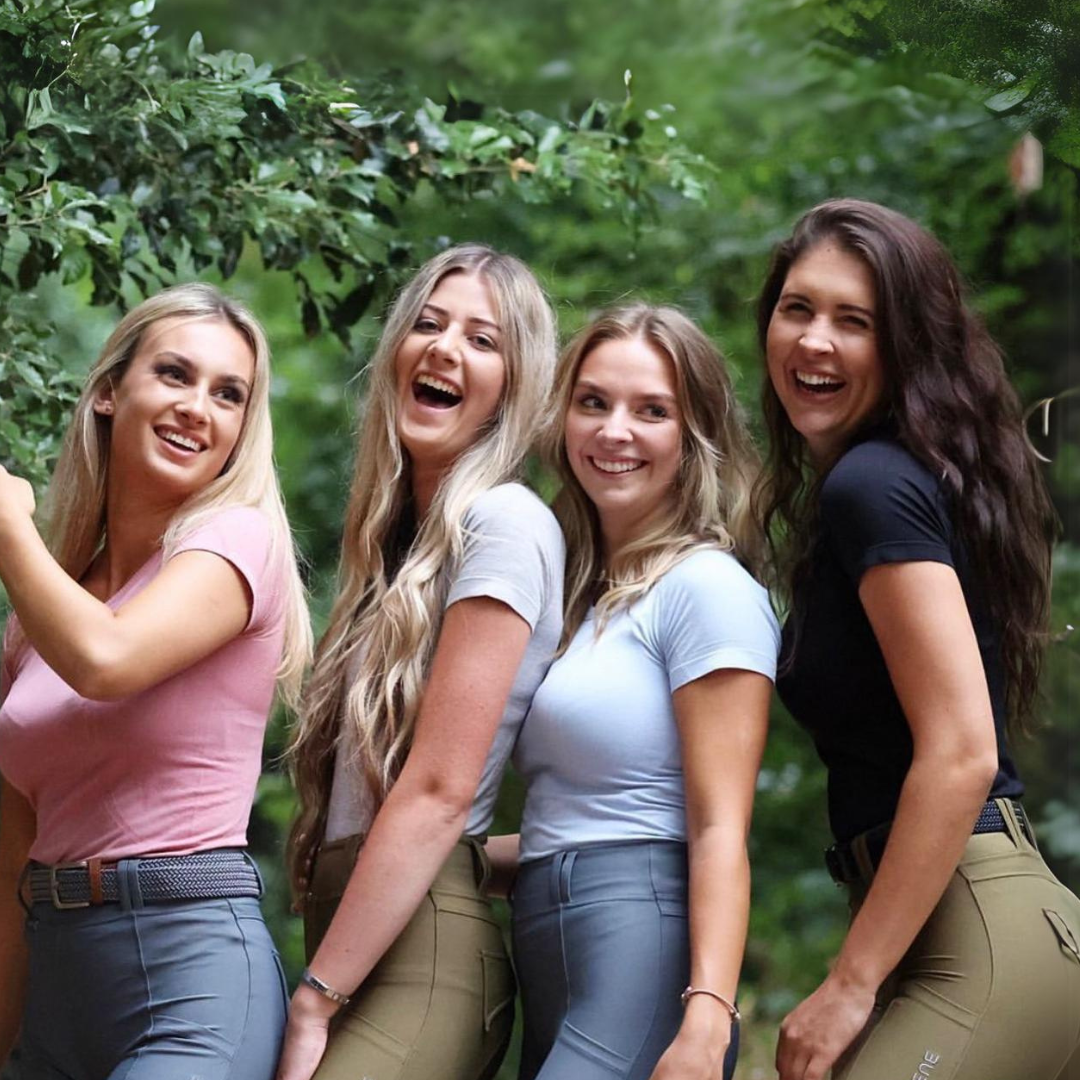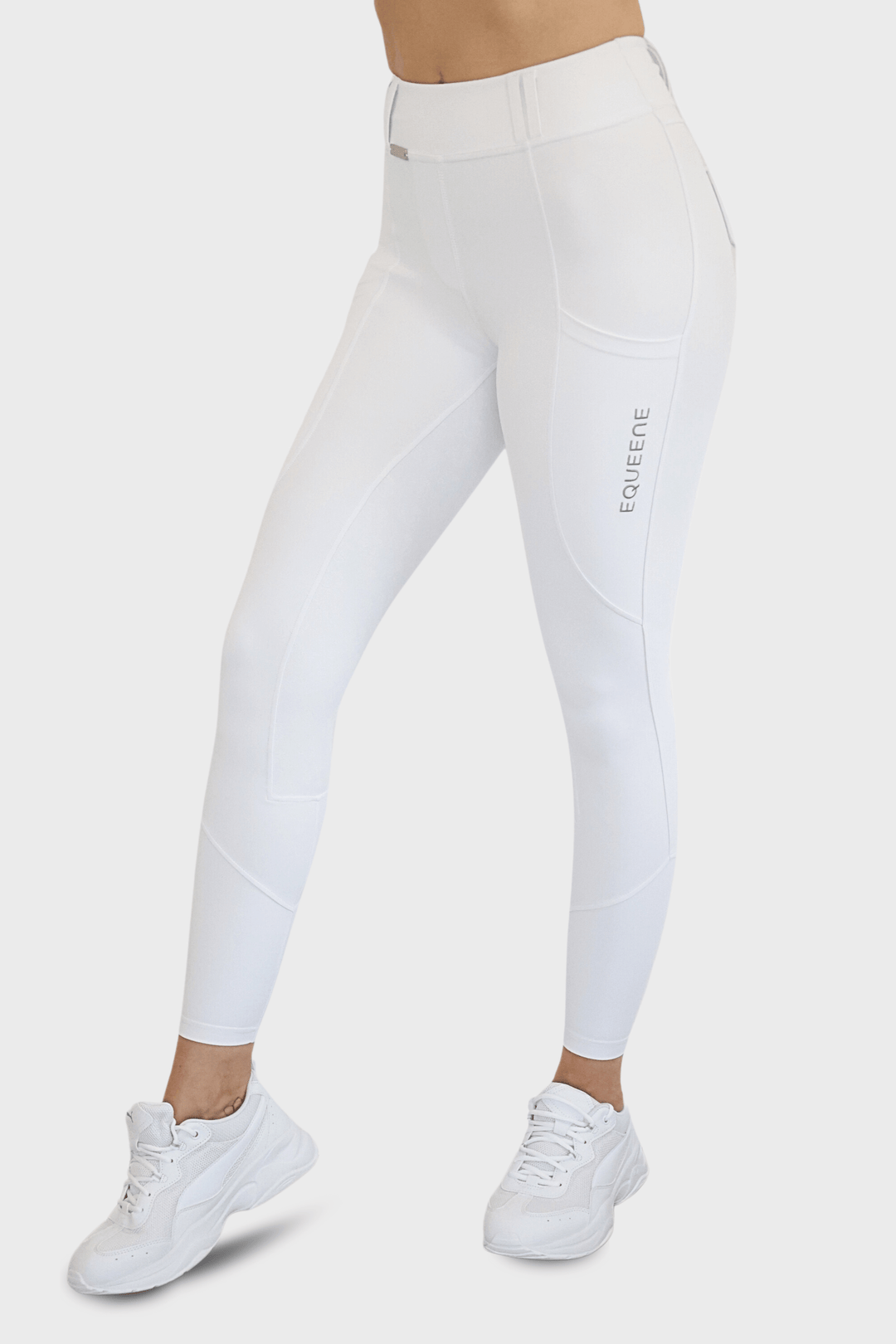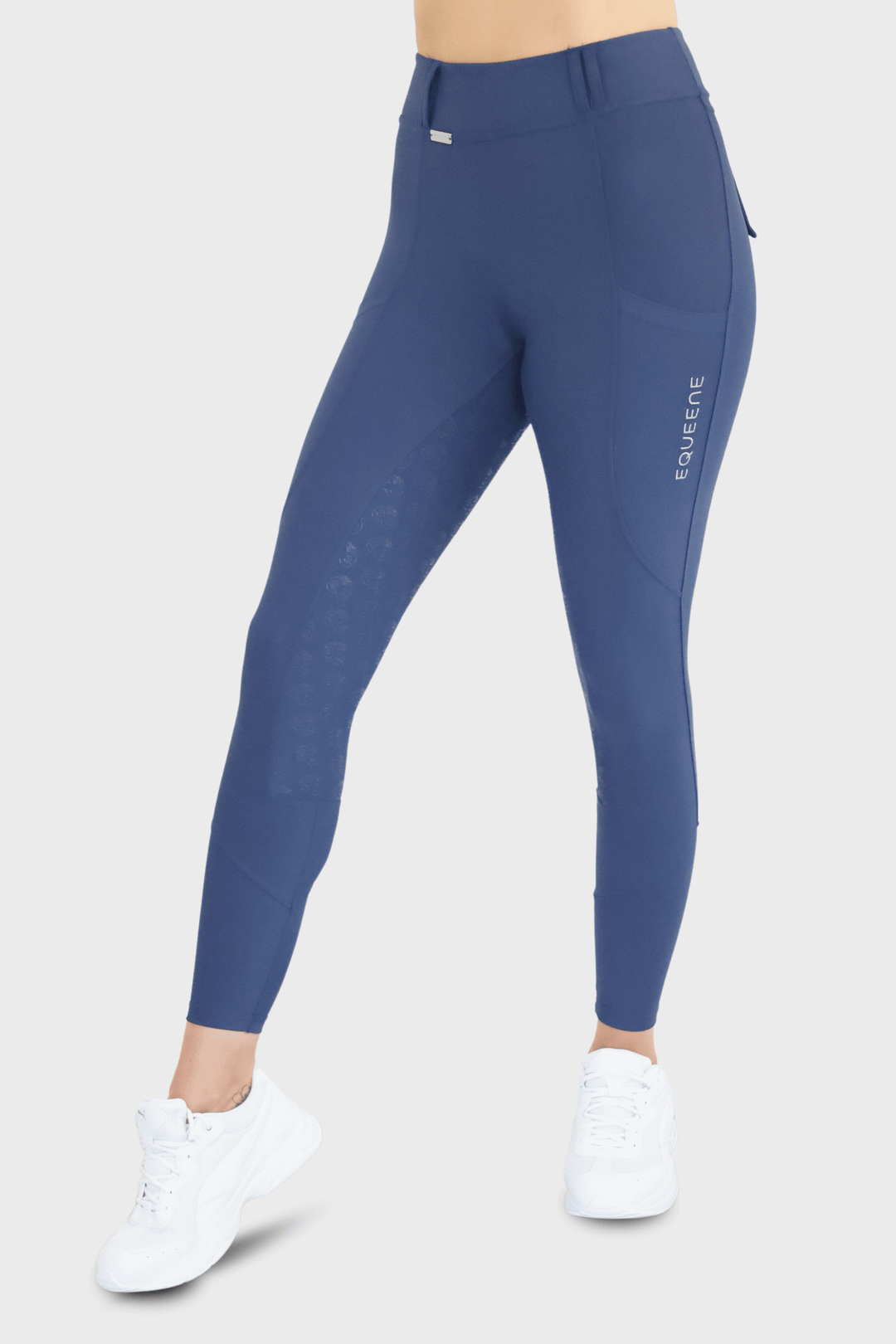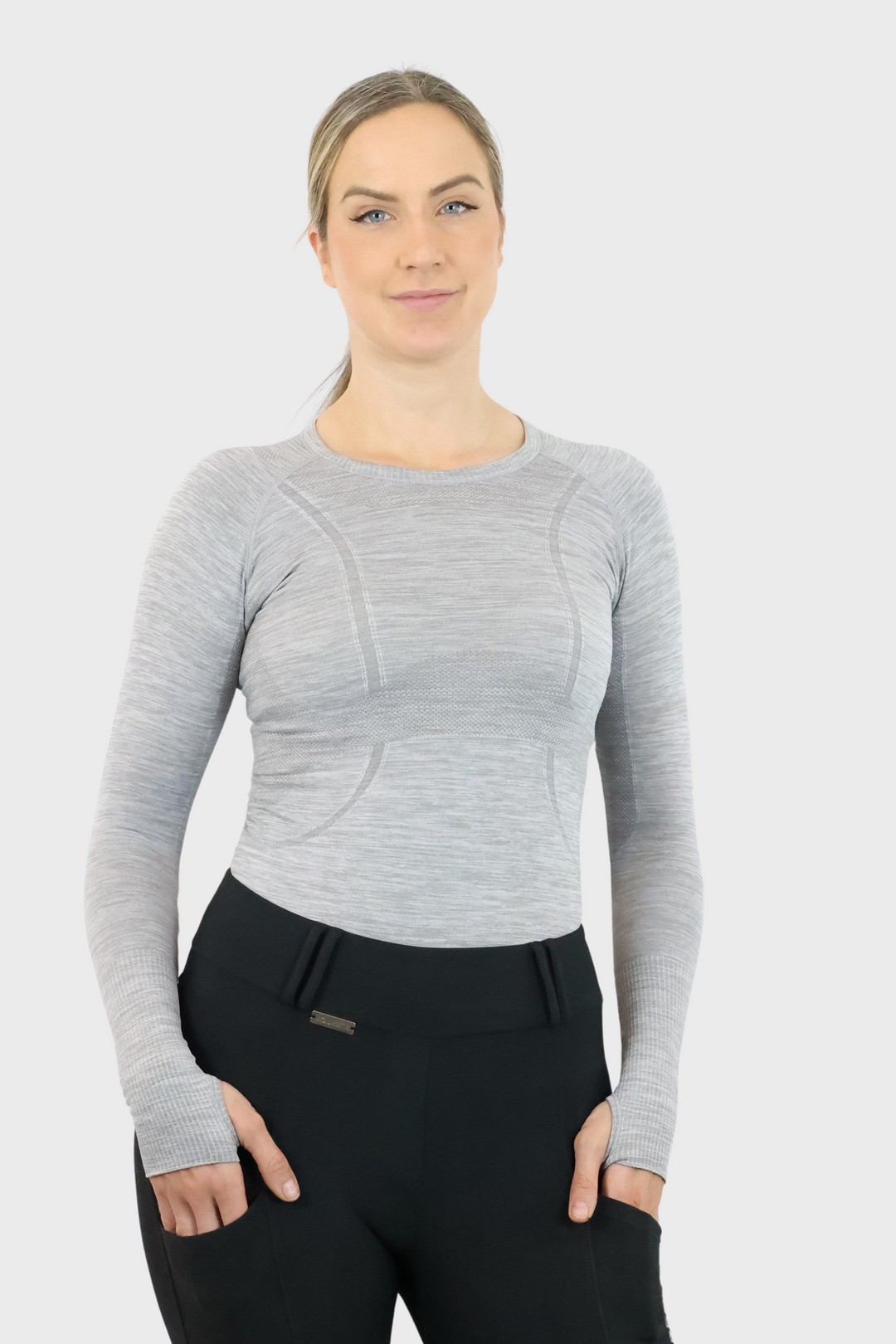Equestrian fans will be looking forward to Horse of the Year Show 2025, which takes place at NEC Birmingham from 8-12 October. The event is a firm favourite with both horsy and non-horsy types alike, enjoyed as much for its celebratory family-friendly atmosphere as the word-class horsemanship on display.
If you are a keen rider, no doubt you will relish the opportunity to observe top riders compete at the highest levels while in seemingly effortless harmony with their horse. At the heart of this skill lies a strong core. Here’s a look at what this means, and how you can build up your core strength as a rider.
If you pair your training with thoughtfully chosen riding clothing, such as supportive equestrian breeches, you’ll feel more confident, comfortable, and connected in the saddle.
What does “core strength” mean for horse riders?
When riders talk about “core strength,” it’s easy to assume this just means toned abs. In reality, your core is a network of muscles that includes the abdominals, obliques, lower back, and pelvis. Together, they create stability, balance, and control in the saddle.
Without a strong, engaged core, even the most experienced rider can struggle with posture, balance, and effective communication with their horse.
What happens when your core is weak?
A weak core often leads riders to overcompensate with other parts of the body. For example, gripping tightly with the thighs or pulling too hard on the reins to stay stable. This not only creates tension in the rider but can also transmit confusion or discomfort to the horse.
A horse ridden by someone who is unbalanced may become tense themselves, leading to choppier gaits, inconsistent contact, or even behavioural issues. Poor posture in the saddle can lead to back pain or stiffness for the rider, while the horse may have to adjust its movement unnaturally to compensate.
How does core strength improve riding?
A strong, stable core transforms the way you ride. Instead of relying on your legs or reins, you become centred, balanced, and independent in the saddle. Some of the key benefits include:
-
Improved balance: Core stability allows you to follow your horse’s movement smoothly, whether in walk, trot, or canter.
-
Better posture: A strong core supports an upright seat without collapsing or leaning forward, which improves communication through subtle aids.
-
Reduced fatigue: When your core muscles share the workload, your arms and legs don’t tire as quickly, giving you longer, more effective sessions.
-
Gentler communication: With a stable base, you can apply smaller, more refined aids that your horse understands clearly.
Building your core off the horse
You don’t have to spend hours at the gym to build riding-specific core strength. Simple exercises like planks, bridges, and seated balance work can all improve stability. Pilates and yoga are also excellent options, as they focus on alignment and controlled movement, which are skills that transfer directly to the saddle.
Even ten minutes a day can make a noticeable difference in your riding. Combined with supportive, comfortable gear designed for equestrians, you’ll find yourself riding more effectively and with greater harmony.
